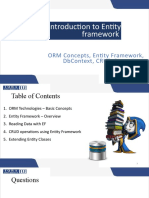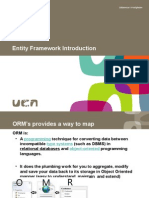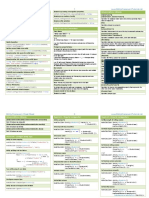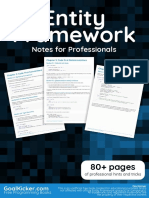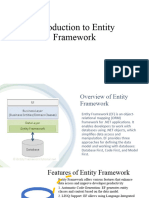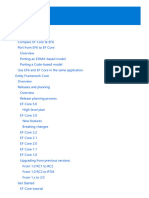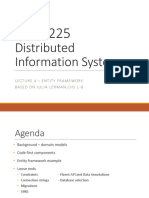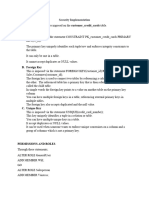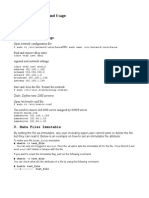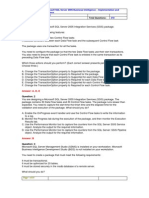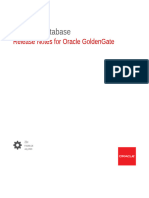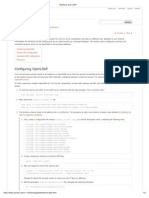0% found this document useful (0 votes)
59 views9 pagesRecap Frameworkcore
EntityFrameworkCore is an ORM framework for .NET that allows accessing databases in applications. It supports CodeFirst, DbFirst and Migrations approaches. CRUD operations can be performed using LINQ queries and methods like Add, Remove, Update on DbSets. Fluent API allows configuring models and relationships.
Uploaded by
chams.tmarCopyright
© © All Rights Reserved
We take content rights seriously. If you suspect this is your content, claim it here.
Available Formats
Download as PDF, TXT or read online on Scribd
0% found this document useful (0 votes)
59 views9 pagesRecap Frameworkcore
EntityFrameworkCore is an ORM framework for .NET that allows accessing databases in applications. It supports CodeFirst, DbFirst and Migrations approaches. CRUD operations can be performed using LINQ queries and methods like Add, Remove, Update on DbSets. Fluent API allows configuring models and relationships.
Uploaded by
chams.tmarCopyright
© © All Rights Reserved
We take content rights seriously. If you suspect this is your content, claim it here.
Available Formats
Download as PDF, TXT or read online on Scribd
/ 9








